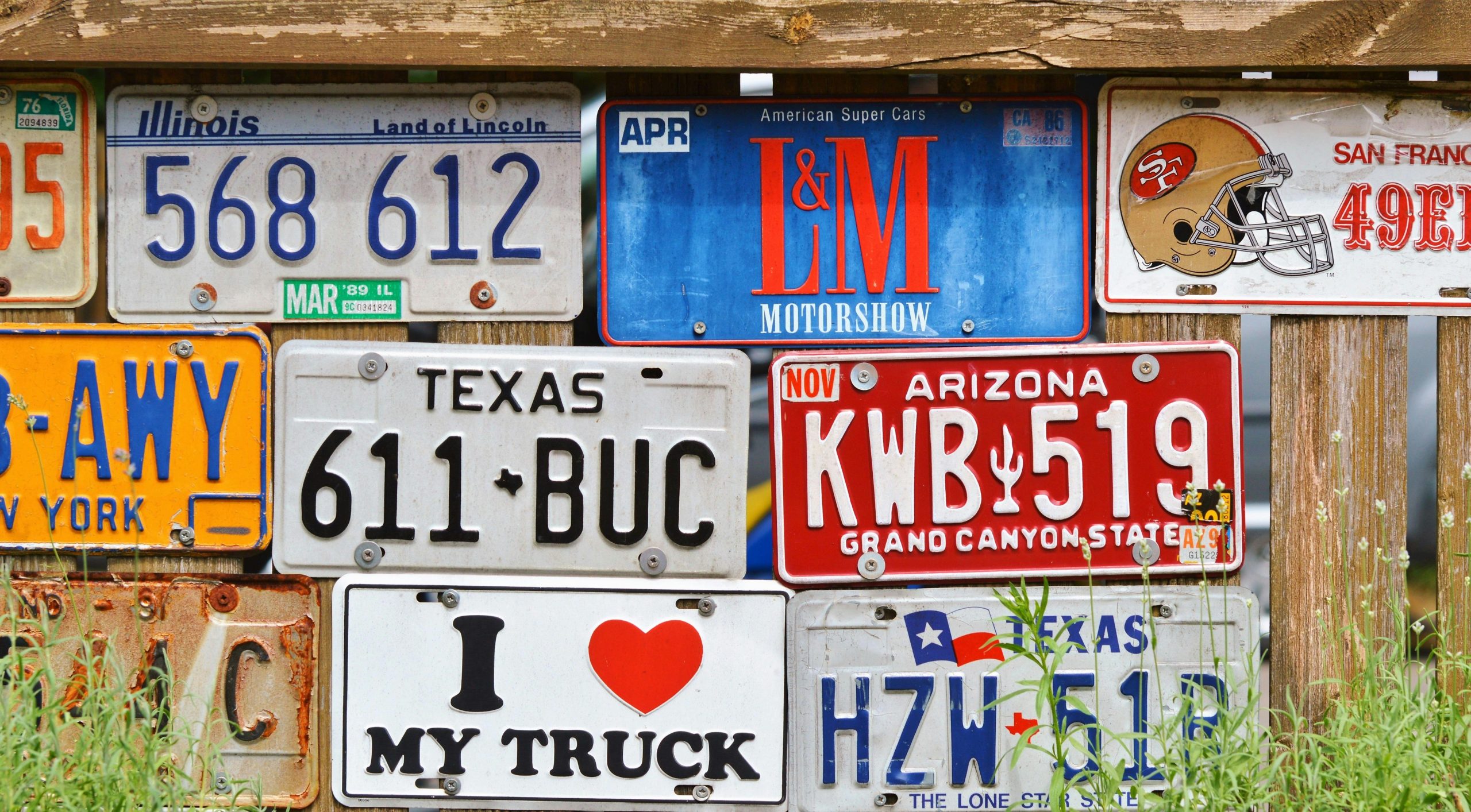What Are Your Legal Options After an Uninsured Rental Car Accident?
Experiencing a vehicle accident can be a stressful ordeal, especially when it involves uncooperative parties and insurance complications. If you’ve been involved in an incident where a rental car driver at fault isn’t adequately covered by insurance, understanding your next steps is crucial. Here’s a scenario typically encountered and guidance on how to navigate it.
The Situation
Imagine this: a vehicle owner was struck by a rental car driver who was deemed fully responsible for the collision. Evidence—including police reports and surveillance footage—confirmed fault. The complication? The person operating the rental vehicle was not listed on the insurance policy, and the rental company’s insurance refused to cover the damages. To complicate matters further, the driver was under the age of 25, and the rental was arranged by her step-father, who did not include her on the policy.
While your own insurance provider managed to cover most of your expenses, you are left with a few thousand dollars in out-of-pocket costs that you now wish to recover. Unfortunately, the insurance company representing the at-fault driver has been uncooperative, failing to acknowledge responsibility or reimburse your costs.
Understanding Your Rights and Options
In situations like this, several avenues may be available to seek restitution:
-
Explore the Collision: Since the other driver was at fault with clear evidence, consider whether your own policy has uninsured motorist coverage. Such coverage can sometimes extend to cover damages caused by drivers who are uninsured or underinsured.
-
Legal Action: If the responsible party refuses to pay, you may need to pursue legal action against them directly. This could involve filing a lawsuit to recover your losses. A consultation with a qualified attorney can help determine the viability of this route based on the specifics of the case.
-
Insurance Demands: Your insurance company mentioned they wouldn’t pursue a lawsuit but would demand reimbursement. Although this is a step, it may not guarantee recovery. If vehicle damage exceeds the at-fault driver’s insurance coverage—especially when the driver is unlisted or uncooperative—you might need to consider more assertive legal measures.
-
Reporting the Incident: Filing or updating police reports, especially if the other party left the scene without sharing insurance details, can be vital. This documentation might be useful in legal proceedings or insurance claims.
Should You Take Legal Action?
Deciding whether to file a lawsuit depends on



